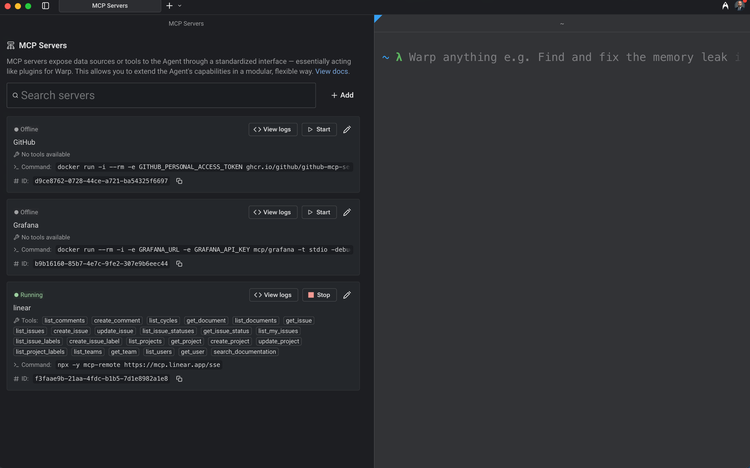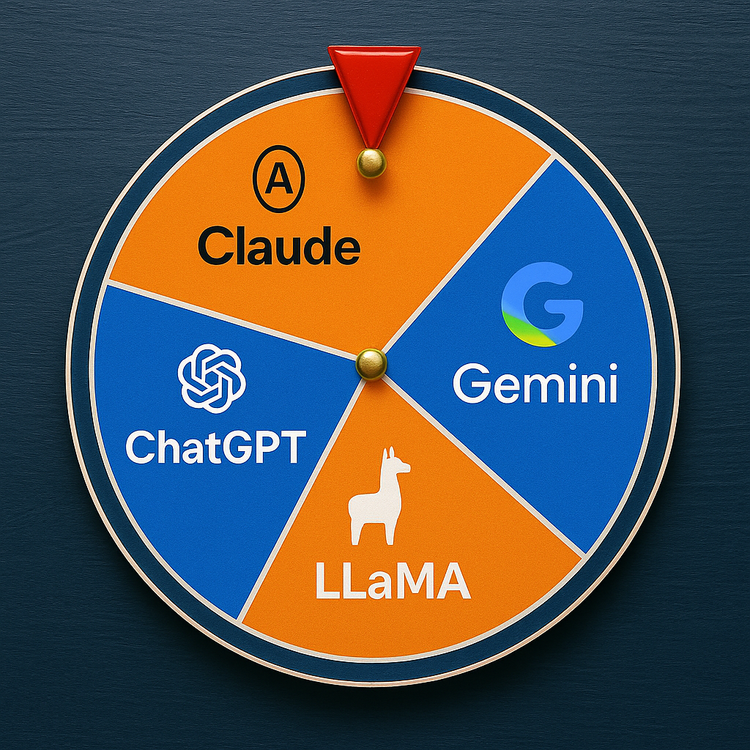What Is Agentic AI and Why You Should Care as a TPM

If you’ve heard someone drop the term agentic AI in a meeting, you probably nodded thoughtfully and made a mental note to Google it later. Maybe you even threw it into a slide deck because it sounded spicy. Totally fair.
But here’s the thing: this is more than another hype train. Agentic AI is a real shift in how software (and work itself) is starting to behave. And if your job involves connecting people, projects, and priorities—which, let’s face it, is most of your day—then this isn’t just nice-to-know. It’s need-to-know.
Wait, What’s Agentic AI?
Most of the AI we’ve worked with so far is reactive. It does what we tell it, when we tell it. You give it a prompt, it spits out a result. It’s smart, but not exactly self-motivated.
Agentic AI flips that script. Instead of waiting for instructions, it takes initiative. You give it a goal—like “book a research interview with three customer success managers next week”—and it figures out the steps. It might send emails, look up calendars, ask clarifying questions, or escalate if it gets stuck.
Think of it as the difference between a chatbot and a really resourceful virtual colleague. One that doesn’t take breaks, doesn’t miss Slack messages, and never ghosts your Jira tickets.
Some well-known early examples? AutoGPT, LangChain, and the toolkits popping up around OpenAI’s function-calling features. These are still evolving, but they’re already doing things like planning marketing campaigns or coordinating multi-step deployments with surprising autonomy.
After all as a TPM you wouldn’t want to literally hand hold an engineer through all tasks. Give them goals, autonomy….
Why This Should Be On Your Radar
You’re already juggling ten threads at once: aligning engineering and product, unblocking cross-functional teams, keeping an eye on timelines while pretending to ignore the Slack chaos. So why should agentic AI get a seat at your already crowded table?
Because it’s about to change how your tools behave—and what your team expects from them.
1. Your Tools Are Getting Smarter—Fast
AI copilots are already rewriting the way developers code. But it’s not just engineering. Project management platforms are starting to bake in agents that can auto-update timelines, identify risks, and even propose alternatives.
Imagine this: instead of you manually wrangling updates for a program status doc, an AI agent pings team leads, gathers updates, summarizes blockers, and flags misaligned dependencies. All before your morning coffee.
2. Execution Isn’t Just Human Anymore
We’re entering a world where some tasks are executed by agents—not just people. And these agents aren’t waiting around for tickets. They’re running workflows, coordinating APIs, re-prioritizing based on real-time inputs, and nudging humans when needed.
As a TPM, this messes (in a good way) with your whole model of execution. You’re not just managing tasks. You’re orchestrating across people and machine collaborators.
Which means…
3. You Become Less of a Traffic Cop, More of a Mission Commander
When AI can run retros, test code, or draft product briefs, your job shifts. Less grunt work, more strategy. Less chasing updates, more pattern-spotting.
You get to focus on aligning big-picture goals, facilitating smart decisions, and keeping the human parts of the machine humming. Honestly, it’s the kind of shift that could make your work way more impactful and fun—if you lean into it.
But Let’s Not Ignore the Catch
Agentic AI brings big possibilities, but also some real head-scratchers. Like…
Who’s Accountable?
If an agent makes a decision that goes sideways—say it books a meeting with the wrong stakeholder or approves the wrong test environment—who owns the fallout?
As TPMs, you’re often the go-to for “what went wrong here?” You’ll need to think through guardrails, escalation paths, and when to loop a human back in. Up until now we even still employed human in the loop.
How Do You Integrate This Without Breaking Stuff?
You probably already have a spaghetti bowl of tools. Dropping in a half-baked AI agent could cause more chaos than clarity. So start small. Pilot where it’s safe. Watch the behavior like a hawk.
Do We Even Have the Skills for This?
Most teams don’t have “agent behavior tuning” on the resume. That’s okay. But it means part of your job might shift toward education and enablement—helping teams learn how to design prompts, supervise AI workflows, or build human-in-the-loop checks.
Where Do I Start?
You don’t need to become an AI engineer. But you do need to build your intuition around how these systems behave. Here’s what I recommend:
1. Play With the Tools
Seriously, just try them. Fire up AutoGPT. Or use OpenAI’s function calling to have an agent book you a calendar invite and summarize an article. You’ll learn more in two hours of tinkering than ten hours of reading.
2. Map Out Boring Work
Ask yourself: “What’s the most repetitive, cross-functional nonsense I deal with every week?” Then imagine an agent doing it instead. That’s your pilot use case.
3. Bring the Right Stakeholders In Early
Legal, IT, data governance, they all have opinions. And rightfully so. Get them in the loop before you’re in production.
4. Plan for Feedback Loops
Don’t trust the agent to be perfect. Design systems that let you audit what it’s doing. Think dashboards, logs, and the ability to override.
Real Talk: This Is a Big Shift
This is not just “new feature” energy. It’s more like “new way of thinking about work” energy.
We’re talking about software that doesn’t just respond—it acts. It has goals. It surprises you.
It needs feedback. It makes judgment calls. It will get things wrong, but it’s getting better, fast.
And as someone who lives at the intersection of people, systems, and delivery, you’re exactly the kind of person who should be shaping how this plays out inside your org.
You’ve already got the skills: systems thinking, empathy, communication, and ruthless prioritization. Now it’s just about adding one more lens to your toolkit.
Final Thoughts…
Agentic AI is like giving your tools a brain and a calendar.
It can help you scale, move faster, and focus more on strategy and less on status chasing. But it also changes how work is done, who’s accountable, and how you lead.
You don’t need to be an AI expert. You just need to start paying attention, start small, and start building the muscle to work with agents instead of just delegating to people.
The future of work isn’t human or machine. It’s both. And you are in the perfect spot to help make that future actually work.





Member discussion